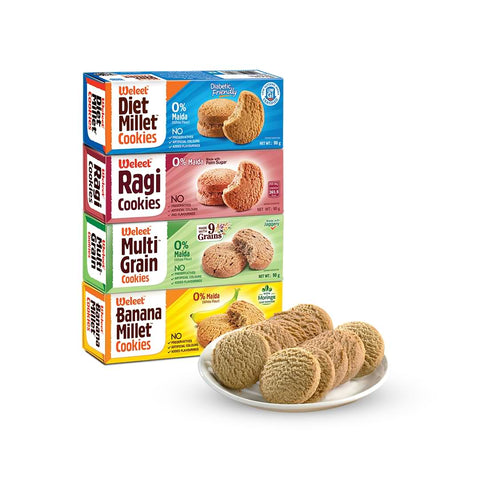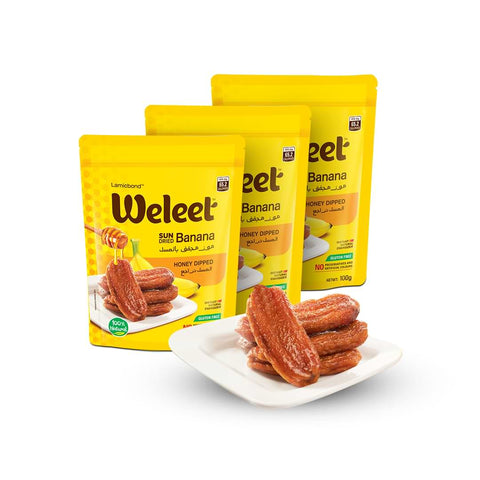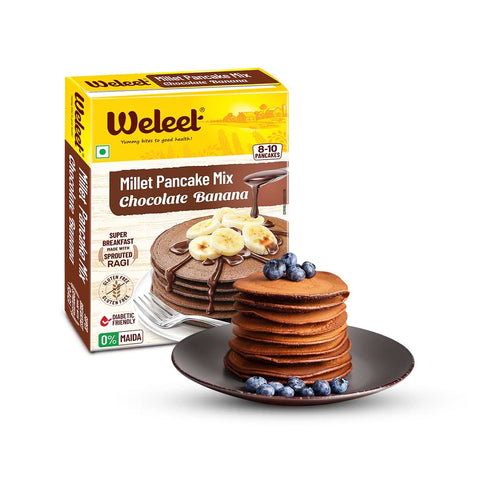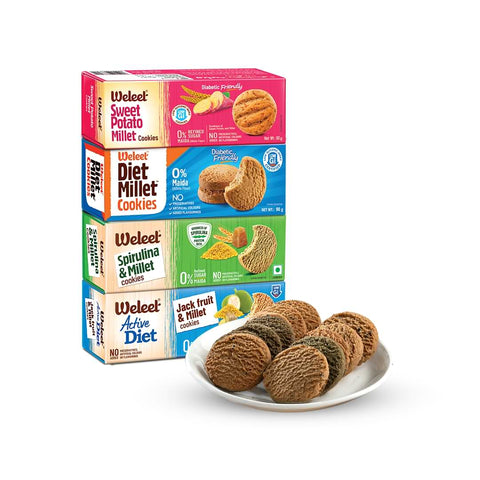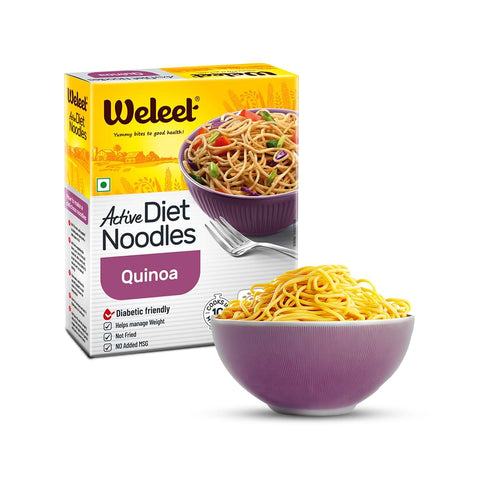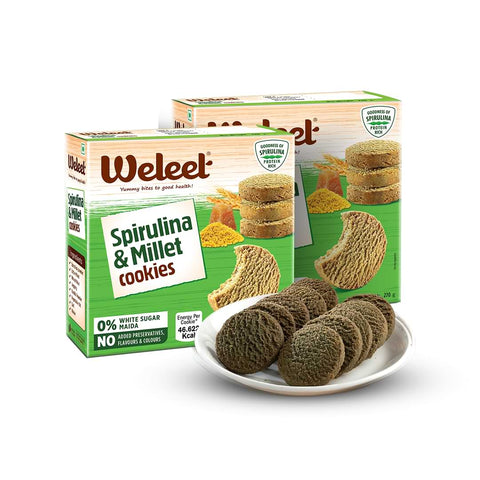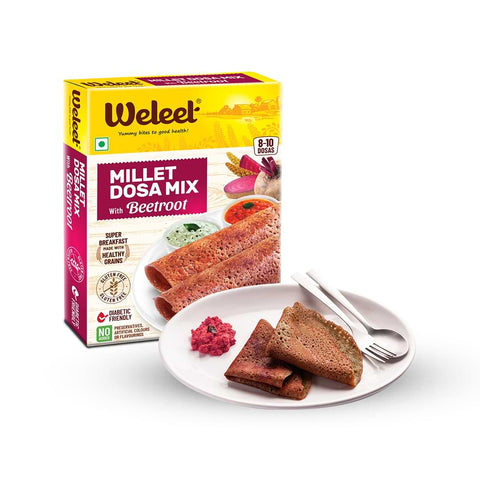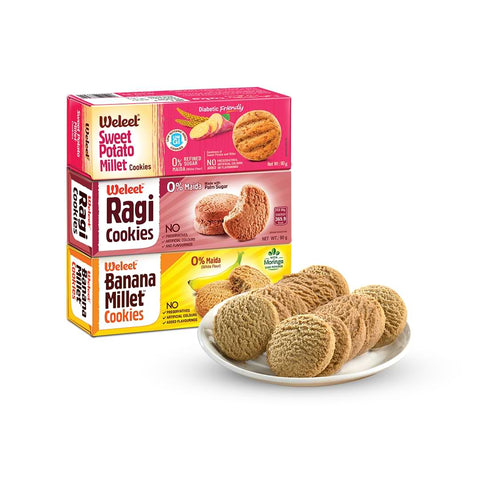Millet is an ancient grain that has been a part of human civilization for thousands of years. It is a small, gluten-free grain that is a rich source of nutrients and has a low carbon footprint. Millet is also a crop that is easy to grow and maintain, making it a favorite among farmers. In this blog, we will discuss how millet is an eco-friendly crop and why farmers love it.
Eco-Friendly Crop:
Millet is an eco-friendly crop because it requires less water than other grains, making it ideal for regions with water scarcity. It is a hardy crop that can withstand droughts and extreme temperatures, reducing the risk of crop failure. Moreover, millet is known for its ability to improve soil health, which makes it an excellent crop for sustainable agriculture.
Millet is also a low-input crop, which means that it requires minimal inputs such as fertilizers and pesticides, reducing the cost of production. This makes it an attractive crop for farmers, especially those in developing countries, who may not have access to expensive inputs. We can support sustainable agriculture and reduce the environmental impact of our food choices, by choosing millet as a food option.
Nutritious Grain:
Millet is a nutritious grain that is a good source of protein, fiber, and essential minerals such as magnesium and phosphorus. It is also gluten-free, making it a suitable option for people with gluten intolerance or celiac disease. Millet is a versatile grain that can be used in a variety of dishes, including porridge, bread, and salads.
Millet is also a low-glycemic index food, which means that it releases glucose slowly into the bloodstream, preventing blood sugar spikes. This makes it an excellent option for people with diabetes or those who are trying to maintain stable blood sugar levels.
Cultural Significance:
Millet has cultural significance in many parts of the world. In India, for instance, millet has been a traditional food crop for centuries, and it is still widely consumed today. Millet is used for making a variety of dishes such as roti, dosa, and idli. Millet is also an essential ingredient in the local cuisine of many African countries, where it is used to make porridge and flatbreads.
In addition to its cultural significance, millet plays an important role in food security in many parts of the world. In regions where food insecurity is a major issue, millet is often the crop of choice because of its hardiness and ability to grow in difficult conditions. By choosing millet as a food option, we can support the livelihoods of small-scale farmers who rely on this crop for their income.
Why Farmers Love Millet:
Farmers love millet because it is an easy crop to grow and maintain. Millet is a crop that can be grown in a variety of soils and climatic conditions, making it a dependable source of income for farmers. Millet is also a crop that requires minimal inputs, such as fertilizers and pesticides, reducing the cost of production. This makes it an attractive crop for small-scale farmers who may not have access to expensive inputs.
Moreover, millet is a crop that has a short growing season, which means that farmers can grow multiple crops in a single year. This helps to increase their income and food security. Millet is also a crop that can be stored for long periods without spoiling, making it an ideal crop for farmers to sell in the market.
Conclusion:
Millet is a crop that connects us to the earth and the farmers who grow it. It is an eco-friendly, nutritious, and versatile crop that has been a part of human civilization for thousands of years. By choosing millet as a food option, we can support sustainable agriculture and reduce the environmental impact.




